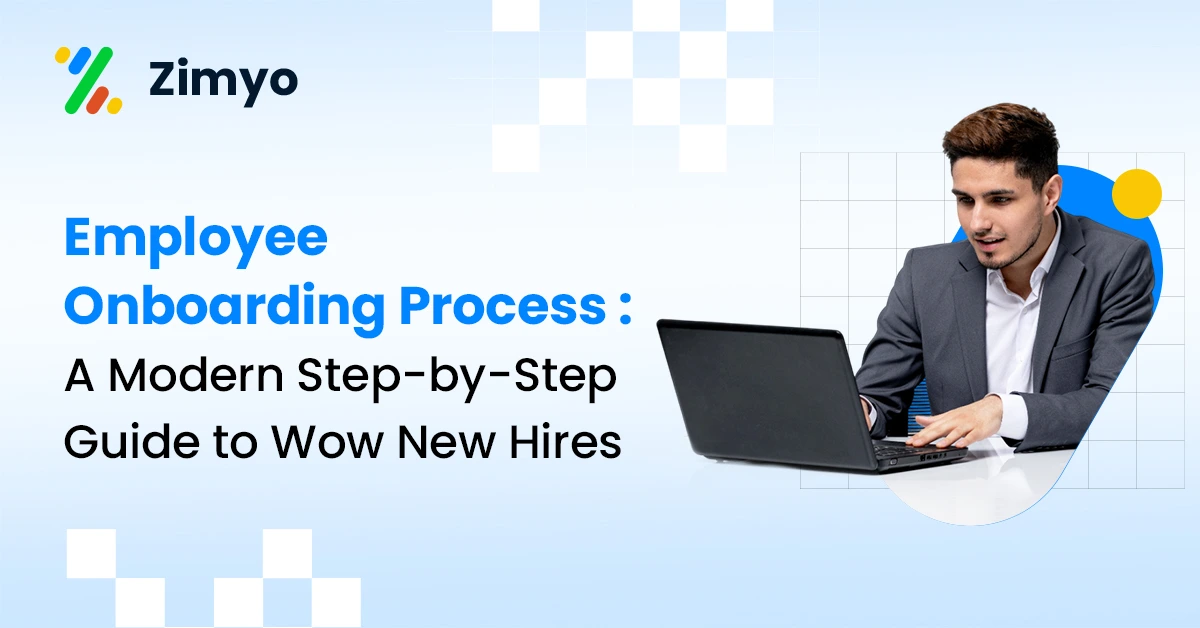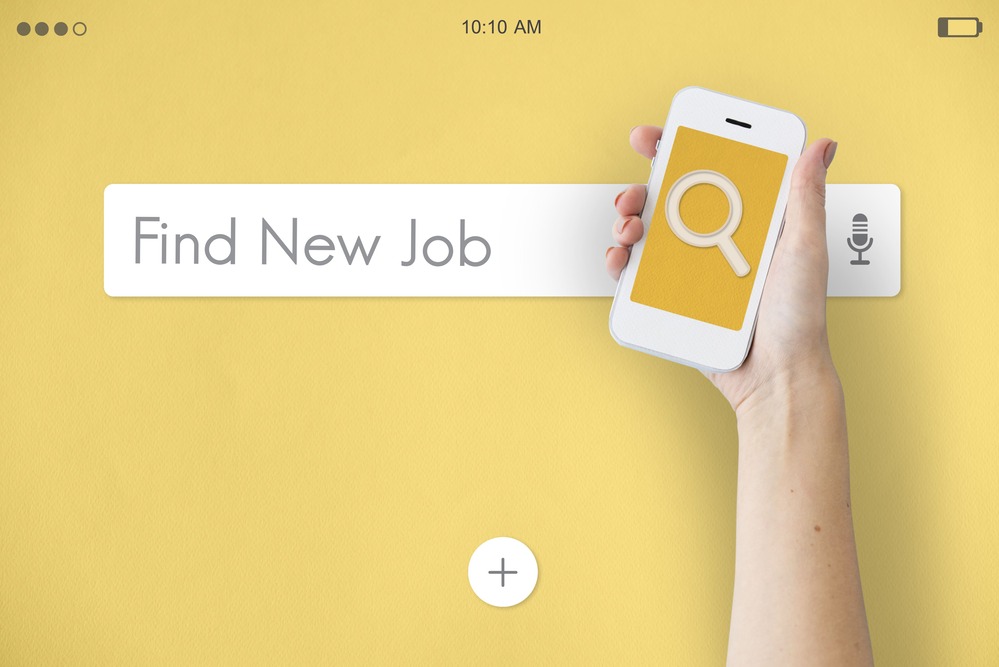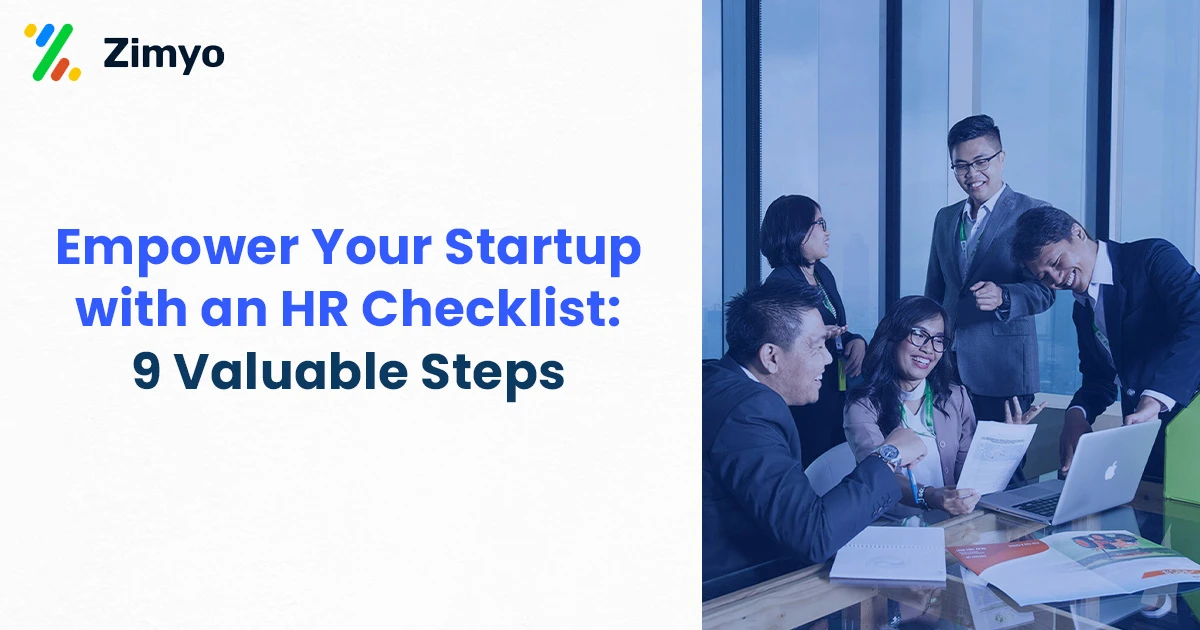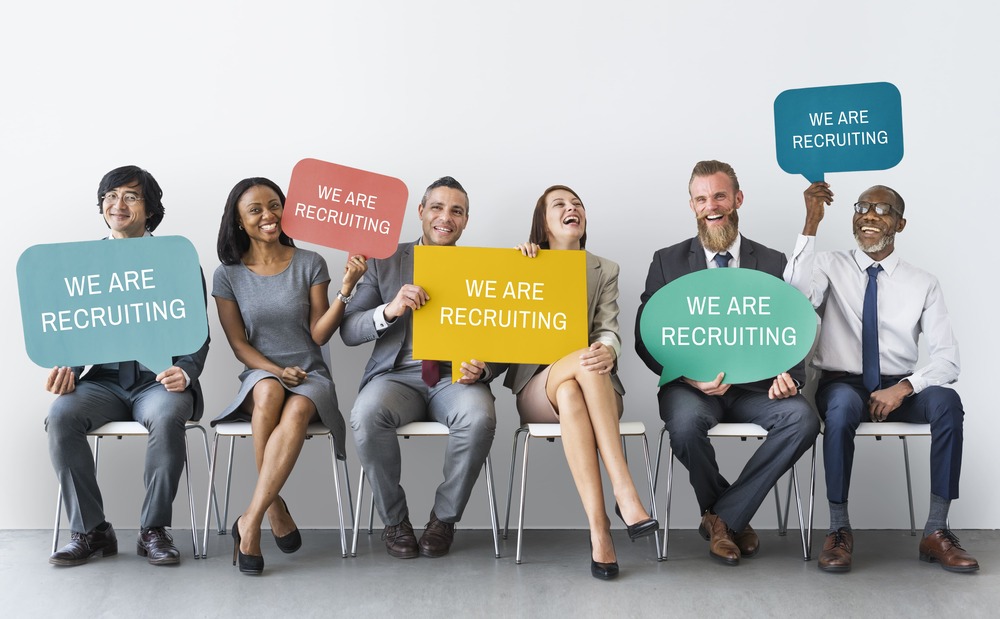The change was always brewing among us, and the pandemic just accelerated the whole process.
Workplaces have already changed amid the surge in hybrid working, digital transformation advancement, and rise among various aspects of the economy. This digital era has acquired almost all the industries under its umbrella except a selected few. Recruiting and hiring, to some extent, are still not under it entirely.
Hiring processes have been monotonous for some time now. Companies post the job vacancies, await the applicants, and then spend hours reviewing the floods of resumes.
The pandemic, though, equipped employers with strategic thinking when hiring new talent.
When it’s high time in the market, and the budgets are tight, making the wrong hire can cost an average of 30% of an employee’s salary. Now employers are implementing some traditional methods in their digital hiring mix – employee referral programs. Referrals are known to be a productive method when it comes to finding quality talent. So,
What is an Employee Referral Program?

An employee referral program is an old-school technique for hiring new candidates through referrals. Organizations generally encourage existing employees to refer qualified candidates for job vacancies through incentives or other bonuses.
It’s considered to be a well-organized and structured program. Unlike sourcing, an employee referral program assists in searching for and hiring quality talent from internal employees’ networks.
Benefits of an employee referral program
Casting a wide net in the search ocean for potential candidates and hoping qualified candidates would surface is not as easy as it sounds. But employee referrals and relationships offer a window for targeted talent selection that today’s recruiters are using to hire top-notch people successfully.
Furthermore, digital networks reaching out to contacts and referring them to jobs that match their interests and skills is gradually turning into a cakewalk. So it’s no surprise that employee referrals are a top-rated source for hiring, just as how beneficial internal mobility is. Some other perks that make way are;
- Augmented conversion rates
- Boosted ROI
- A referred candidate retains longer
- Hiring becomes swift and hassle-free
- Amplify the employer branding
- Shrink the hiring costs, etc.
Now comes the question that must’ve been burning a hole in your brain.
How to build a successful employee referral program?
-to find your unicorn hire and avoid the expenses of a bad hire? Keep reading on for proper guidance.
1. Tap the mutual connections
The sentiment rings true when passive talent comes into the picture. A candidate is likelier to listen to someone they know rather than an offer made by some stranger.
With job markets often being at an uncertain stage, employed candidates hesitate to move from their current positions and instead prefer the security of it.
People are 50% more likely to take up a role that a mutual contact suggested or is involved in.
2. Connecting with the professionals
Sourcing LinkedIn for ideal candidates is one option, but if you can’t carve out time for even that, then grow and leverage your own professional network.
Bypass the tedious task of sorting through hundreds of applications; instead, reach out to your network for referrals. Initiate by sending a mail or note in your professional circles.
Offering an overview of the job role and asking to introduce a qualified individual from their network will be a part of the initial step.
Crowd-sourcing referrals is a way to gain connections with quality talents swiftly. Additionally, the bright side here is that professionals in your network vet all referrals.
3. Portray the referral program properly
An employee referral program is a success only when the people throughout the process are effectively engaged. Be it your connections, employees, or co-workers, the response will be likewise as long as the process is structured and communicated well. Some additional pointers would be;
- Convey the role and the ideal candidate
Everyone should be familiar with what you’re looking for. Convey all the essential information such as job title, roles, and responsibilities, the skillset they should have, etc.
- Elaborate on the referral submission process
The recruitment job is yours, the referral providers just need to share a candidate’s profile and contact details, and you would take the work from there on.
- Review and connect with referred candidates
Once a suitable candidate shows up, evaluate them and get in touch with them accordingly.
4. Pay employees instead of job boards
A bonus can take the employee referral program a long way when appropriately implemented inside your organization.
It’s a win-win situation; people know they’ll receive a bonus and recommend the top talents from their network for the open vacancies within the company.
Convey your program clearly from the start, what it constitutes and how an employee becomes eligible for the referral bonus.
5. Always keep track
To evaluate your employee referral program’s success or failure, track and analyze through some HR metrics. Which can be;
- Compare the recommended referrals and the hired referrals
To put simply, the number of referred candidates that were hired. This metric will portray the effectiveness and efficiency of your employee referral program.
- Turnover and retention rates between new and existing workers
It’s a famous statistic that referred candidates give higher retention rates than the existing employees. Whether that implies to your organization or not will be evaluated through this metric.
Wrapping Up

A rotten apple spoils the bunch, as they say. Disengagement in an organization can often be contagious, which is one of the reasons employers can’t defeat it. So, hiring a loyal and trustworthy candidate becomes a necessity.
Good employees have to take the burn when a disengaged employee doesn’t pull his weight. Hiring a referred candidate can make up for that broken connection; they would be trustworthy.
Leaders often misdiagnose workforce issues as a process or product issue, and by the time it’s tackled, a lot of time and money has already been wasted. Proper engagement within an entity is crucial, and in this tech-driven era, professionals have already found a solution. Employee engagement software is the name of that solution.
Additionally, why hasn’t the hiring strategy changed when every aspect of work has changed? Organizations are now using solutions like Applicant Tracking Software to hire the top candidates from the talent pools.
Referral programs have also joined the forces now and are gaining traction like a forest fire. Sifting through hundreds of applications is old school. Empower your organization through these modern methods.
More from Zimyo;
10 Advantages of using Attendance Management System






